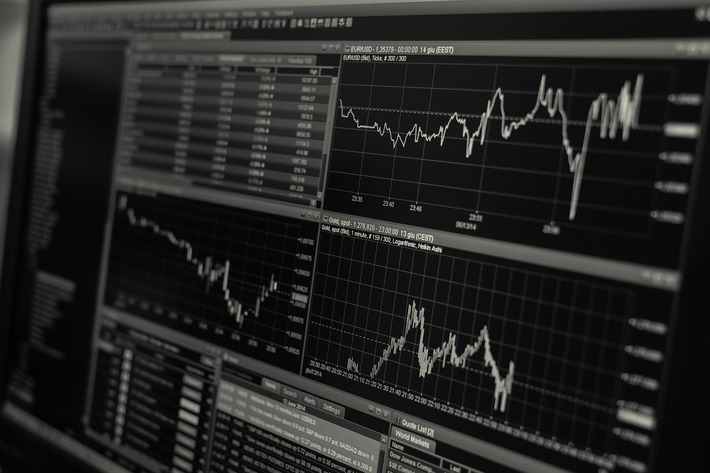 Data analysis is the process of evaluating data using analytical and statistical tools to discover useful information and help you make business decisions. There are several methods for analyzing data, including data mining, text analysis, business intelligence, and data visualization.Not only does the most complex application data needs analysis but even a simple email database needs analysis and cleansing.
Data analysis is the process of evaluating data using analytical and statistical tools to discover useful information and help you make business decisions. There are several methods for analyzing data, including data mining, text analysis, business intelligence, and data visualization.Not only does the most complex application data needs analysis but even a simple email database needs analysis and cleansing.
How is data analysis done?
Data analysis is part of the broader process of getting business intelligence. The process includes one or more of the following steps:
Defining Goals: Any research should start with a set of well-defined business goals. Most of the decisions made in the rest of the process depend on how clearly the research objectives are formulated.
Asking questions: An attempt was made to ask a question in a problem area. For example, do red sports cars crash more often than others?
Gathering information: Data relevant to this issue should be obtained from appropriate sources. In the example above, data can be obtained from a variety of sources, including: DMV or police incidents, insurance claims, and hospitalization records. When data is collected through surveys, a questionnaire for subjects must be submitted. Questions should be modeled appropriately for the statistical method used.
Data Processing: Raw data can be collected in several different formats. The collected data must be cleaned and transformed so that the data analysis tools can import it. In our example, we can retrieve DMV crash reports as text files, claims from a relational database, and hospital admissions as APIs. The data analyst must combine these different forms of data and transform them into a form suitable for analysis tools.
Data Analysis: In this step, the cleaned and aggregated data is imported into the analysis tools. These tools allow you to explore your data, find patterns in it, and ask and answer what-if questions. It is the process by which the data gathered in research is made meaningful through the correct application of statistical methods.
Overall, data analysis provides an understanding that businesses need to make effective and efficient decisions. Combined with Data Analytics, they have a good understanding of the needs and capabilities of the company. Data analysis applications are very broad. Big data analytics can optimize the performance of verticals across industries.
Increased productivity enables companies to thrive in an ever-evolving competitive environment and to be successful in many areas. Environmental protection and crime prevention are some of the applications of data analysis. Data analysis apps now look endless.
Every day more and more data is collected, which opens up new opportunities for applying data and improving society and the world.
Reference: www.mastersindatascience.org/learning/what-is-data-analytics/
